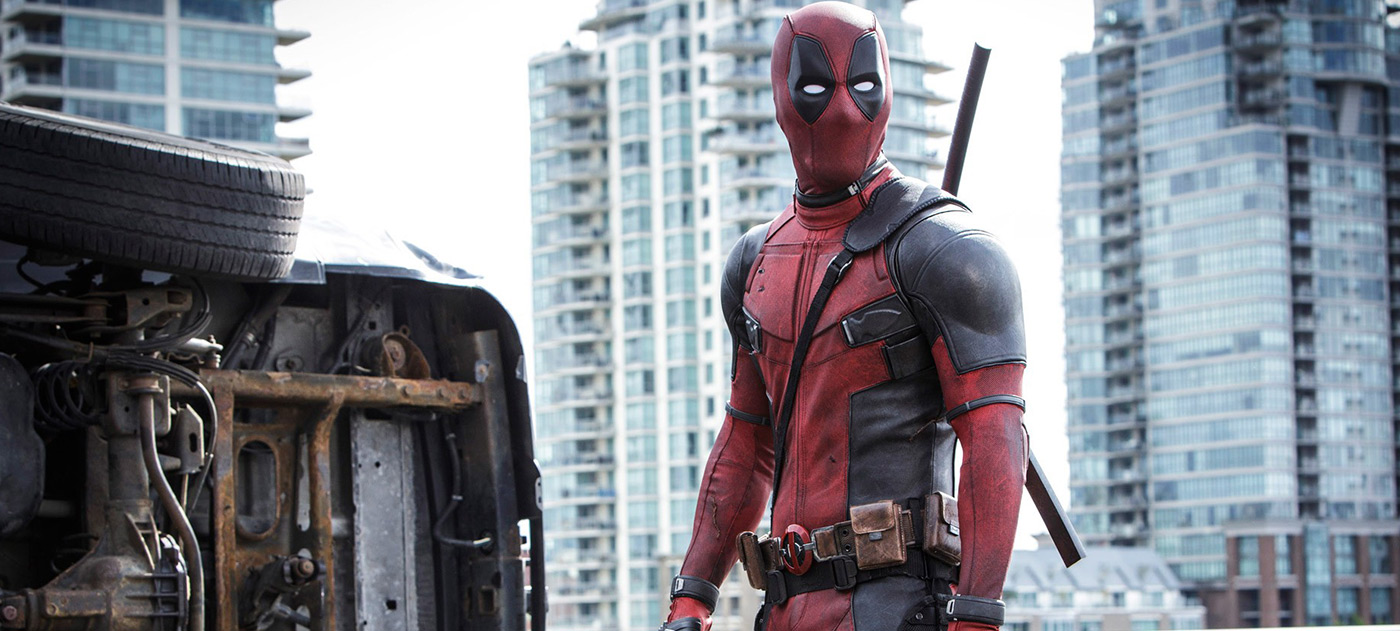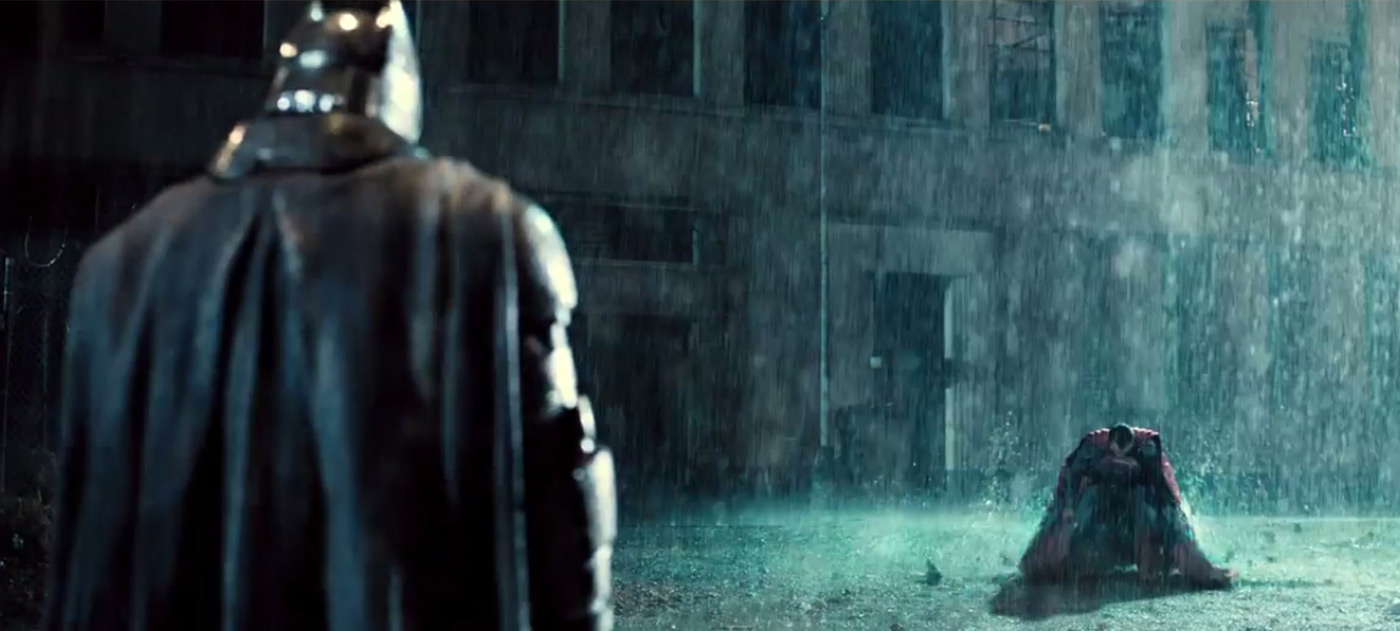Macabre Marquee is a monthly column that looks at a horror film poster of past or present, and when possible a brief interview with the artist will be included.
Halloween may be many months away, but that doesn’t mean that my horror-filled brain shuts off until the big day. For me, it’s Halloween every day. And, as I set up in the first installment of the Macabre Marquee, my love of any and all things horror related has been an unexplained obsession since childhood. Illustrated film poster art has become part of that obsession, and as a collector and fan there has never been a richer time for amazing art by the many fantastic artists working in the screen-printed world of posters today.
So, to keep with my Halloween theme for this month, I’ve chosen a print that I have just finally put up on my living room wall: Jason Edmiston’s Halloween (John Carpenter, 1978) created for Mondo, the screen print, toy, and vinyl record company based out of Austin, Texas, who are the originators of this new movement in illustrated poster art. When I first laid eyes on this print, it nearly took my breath away with its original use of perspective and its life-like realization of one of our favourite horror movie villains, Michael Myers. When it comes to creating likenesses, I cannot think of another artist who consistently brings us incredible portraits of the characters from films we know and love. Thanks to a background as a commercial illustrator and a traditional painter, Edmiston’s pieces really take on a life of their own.
The original key art for the film was created by Robert Gleason. He was not recognized for his work at the time, like so many of the other talented illustrators pre-’90s being hired to create film poster art, but his Halloween poster has become one of the most iconic horror film posters of all time; it is highly sought out by collectors and fans and many pay a very high price to be the proud owner of a piece of horror history. Rather than focus on the face of the killer, Gleason uses the face of a sinister-looking pumpkin paired with a powerful-looking hand holding a knife, appearing to slash its way into the image, the hand/knife gradually becoming part of the pumpkin itself. The use of orange and black as the key colours for the piece plays up the holiday itself, and the violence that Gleason is able to realize within a still image is powerful and mesmerizing. One key element of this poster that fans have recognized is the outline of the Shape in the hand of the image (which was apparently Gleason’s own hand used as a model); within the flesh, bones, and bulging veins of the hand, a face seems to appear, standing in for the face we don’t see. Interestingly enough, it is known that Gleason did not intend for the Shape to find its way into the hand — it was merely a “happy accident.”
While Edmiston uses a similar colour palette for the variant version of his illustration (read the Q&A for more on this), creating a consistent tone with the original and the film itself, it is his use of perspective that really makes this piece stand out. Unlike Gleason’s original, Michael Myers’s “face” is the central image; the now-iconic altered William Shatner mask is seen here on Michael as he slashes his way into the closet that Laurie Strode attempts to hide in during the finale of the film. This is where Edmiston’s awesome use of perspective kicks in — we don’t see Laurie because we are Laurie, cowering in fear using whatever we can to fight back. The angle of the image appears tilted and taken from below to mimic the perspective of someone seated in the corner of the closet. Edmiston’s use of light is effective in really making Myers appear as real as he does on film, creating a startling image where the viewer becomes the victim. And even though there is no Shape visible in the hand as in the original, the hand still plays a very important role in the image. For one, it appears to be coming out of the image ready to slash anything that gets in its way. Second, based on where the knife’s edges line up with the edges of the hand, the knife appears to almost become a part of Myers’s hand; knife and hand are indivisible, reinforcing Myers as pure, unrestrained evil.
There are similar elements in both pieces, but the way each artist uses them is what makes each an exemplary work of its time. Where in the original the “HE” who comes home may be hidden within the image, it’s in Edmiston’s piece for Mondo where our “HE” finally gets the celebratory portrait he deserves.
Once again, I was lucky enough to get the goods on how this piece was created from the legendary artist himself. Read on to hear about how Edmiston’s piece came to life!
Tell us a little bit about how you were commissioned to do this piece; when were you contacted by Mondo and what kind of project was originally offered?
Mondo called me up to ask if I wanted to do a screen-printed movie poster for a screening of Halloween at their second annual MondoCon convention that happens every fall in Austin, Texas. MondoCon is a pop cultural gathering that consists of artists selling posters and prints, toys, vinyl records, and guest panels discussing movies, art, and the fandom that revolves around collecting art and design. I'm known in the poster community for often tackling horror subjects, and Halloween is one of my favourite movies. I was already exhibiting at the event, so it seemed like a natural fit to have me do the poster. I was asked to make a design for a 24" x 36" poster that would be exclusively included with the price of the ticket to an exclusive showing of the movie during the event. Mondo also allowed me to print a variant colour version, for sale by me exclusively.
How many concepts were you working with originally, and how did you choose? How much control did you have over the final piece?
I designed three rough compositions, and I suggested which one that I felt worked the best. One of the others featured a young, clown-masked Michael Myers standing in front of the Myers house, with an older Shape-masked Michael standing behind him. Another focused on child Michael's POV, the moment before he killed his sister in his childhood home. Both Rob Jones and Mitch Putnam (acting, as usual, as art directors on this piece) were drawn to the design we finally chose, and I agreed, as it seemed iconic, exciting, and hadn't been done before. I can usually talk them into an idea if I really feel strongly about it, but we are usually in agreement regarding the direction of the art.
The original key art for Halloween is one of the most well-known horror film posters of all time. That said, you’ve really created something special for fans of the film given the point of view the viewer of the image is meant to inhabit; we are Laurie Strode hiding in the closet! How did your representation of the film evolve during the act of creation? Tell us a little bit about the process itself.
Well, that scene is shot on film, obviously, and framed in a landscape format. It was my challenge to get all the energy and movement out of that scene and translate it to a vertical orientation so it still seemed exciting. Two things were done specifically towards this end. I skewed the viewer's angle, so that it not only appeared to be from a low point of view but also tilted, so it mimicked an action camera angle, like when you look up at a giant monster. This also allowed the figure to fit well into the image parameters and created an overall strong triangular composition, leading from the title to the lightbulb. I also tried to recreate the lighting in the scene as faithfully as possible. Warm spot-lighting from a single bulb in a closet versus cool over-the-shoulder lighting from the window through the bedroom. This created a maximum three-dimensional quality, making the painting appear more photographic, and visceral.
I had a pretty clear vision of the final image in my mind the whole time. Once a rough sketch was approved, I shot a model reference for lighting accuracy and drew a tighter line drawing. Once that was approved by Mondo and the client, I made a digital colour rough to plan the direction and to make sure I could get a full colour range with a small number of ink layers. The last stage was to paint the image in black and white, by hand, scan it into Photoshop, and create colour layers for the poster, one at a time, with a mix of opaque and transparent layers, as an artist would when creating a watercolour painting.
After the final poster was approved, I also used my colour theory knowledge to create a slightly different-coloured variant. One was blue-hued and was MondoCon's exclusive, and the orange-hued one was my website exclusive. Little known fact was that the orange version was the first one created, and the blue is the variant.
Finally, off the top of your head, what is your current favourite illustrated screen print for a horror film right now?
It keeps changing, as new posters are always popping up, but I’d have to say at this time, for me, it's probably Eelus's The Thing, although it's more of an art print, as it has only a title, and no credit block. It’s minimal, super creepy, and I love it.
To see more of Edmiston’s work, visit his website or find him on Facebook!












Fantastic Four
Fantastic Four